Visit Date: March 2022. .
For today's post, I visit the small beautiful coastal village of Laugharne.
The castle, located on the estuary of the River Tâf, was originally established in 1116.
The River Tâf (Welsh: Afon Tâf) rises in the Preseli Hills, Pembrokeshire, and continues through Carmarthenshire to Laugharne. It is one of the three rivers to enter the sea on the east side of Carmarthen Bay. The other two are the River Gwendraeth and River Tywi,
The original castle was established in 1116 as the castle of Robert Courtemain, who is recorded to have entrusted its care to the Welshman Bleddyn ap Cedifor. (The use of "ap" in a name means the son of i.e. Bleddyn son of Cedifor)
The castle burnt down in the late 1190's or early 1200's
It was rebuilt by the Normans, and in 1215 was captured by Llywelyn the Great in his campaign across South Wales.
The two robust round towers date from the rebuilding work done in the late thirteenth century.
In 1584, Queen Elizabeth granted Laugharne to Sir John Perrott (rumoured to have been an illegitimate son of Henry VIII) who was responsible for converting the castle from a fortification into a Tudor mansion.
In about 1730 the new Castle House was built close by, the castle itself being left as a romantic ruin.
Although the castle at Laugharne is the largest monument in the village it is not what Laugharne is most famous for that remains to be the Most Famous writer to come out of Wales Dylan Thomas.
Dylan Marlais Thomas born 27th October 1914 died 9th November 1953 was the most famous Welsh poet and writer whose works include the poems "Do not go gentle into that good night" and "And death shall have no dominion"; the "play for voices" Under Milk Wood.
He became widely popular in his lifetime and acquired a reputation, which he had encouraged, as a "roistering, drunken and doomed poet".
Many of his works appeared in print while he was still a teenager
Thomas met Caitlin Macnamara. They married in 1937 and had three children: Llewelyn, Aeronwy and Colm
In May 1949, Dylan and his family moved to his final home, the Boat House at Laugharne, purchased for him at a cost of £2,500 in April 1949 by Margaret Taylor. Thomas acquired a garage a hundred yards from the house on a cliff ledge which he turned into his writing shed, and where he wrote several of his most acclaimed poems.
Dylan went to the United States in the 1950s. His readings there brought him a degree of fame, but his erratic behaviour and drinking worsened. He took the trip to America on a few occasions hoping that it would ease his health problems.
During his fourth trip to New York in 1953, Dylan became gravely ill and fell into a coma. He died on 9 November 1953 and his body was returned to Wales.
On 25 November 1953, he was interred at St Martin's churchyard in Laugharne, Carmarthenshire.
Thomas's widow, Caitlin, died in 1994 and was buried alongside him and the small white understated cross sees Dylan on one side and Caitlin on the other.
This is only a brief synopsis of Dylan Thomas' life which can be found well documented.
Whilst at St Martin's I wandered around the churchyard and this monument reminded me of something well known here in Wales.
Here we see the grave of William Emrys Hughes. As we can see he was known as Emrys the Post. It is common for people to have this type of nickname a part of which is often their profession. So Mr. Hughes was the local postman or perhaps postmaster.
This reminded me of a man who looked after the ponies or horses that had been used in a local coal mine in the valley where I grew up. His name was David Thomas.
In Wales, I should mention David is also a very common name, indeed it is the name of our Patron Saint, but it is often shortened to Dai.
In my local village was one such Dai who illustrates the nicknaming perfectly.
For the first few years, I only knew Mr David Thomas as "Dai Horse" and everyone knew him as "Dai Horse".
A few years later Mr Thomas started to look after the deliveries of the local Evening newspaper (The South Wales Echo). The papers would come from Cardiff (about 25 miles away) by train to Bridgend and then by bus up to the valleys. The conductor of the bus would then throw the papers from the bus at the main bus stop in the village where "Dai" would be waiting. He would then distribute the "Echo's" to houses or local shops where we paperboys would take over and deliver them to the houses.
Of course, this meant that "Dai Horse" soon became known as "Dai Echo".
Footer:
Visit Information:-
Google Reference
51.769533670673184, -4.4621345420282434
What Three Words reference:-
///rams.torch.yelled
Additional information.
Visiting this charming place is very easy. The M4 motorway west to the end then the A60 and finally the A4066 to the village.
There is a car park and the village is well equipped with public toilets, pubs, restaurants and shops.
Other locations:
Dylan Thomas writing shed (51.771868802662844, -4.457087760422741) is a short walk from the castle and also hiss home "The Boathouse" (51.7722589433432, -4.456168366948648) is just a little further on.
On arriving at the village you will pass St Martins church and graveyard (51.775386928948315, -4.463235618400214) it is a 20 minute walk from the carpark, however it also has a small car park of it's own.




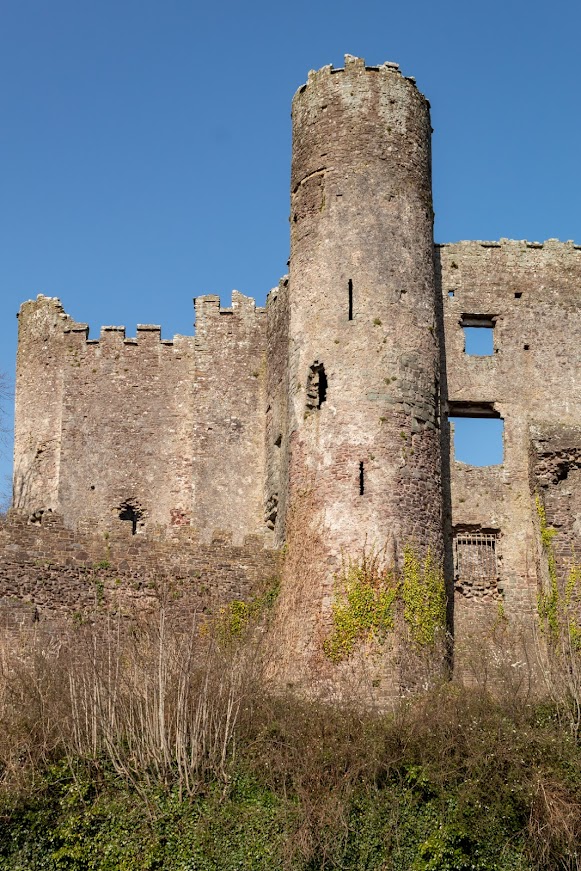
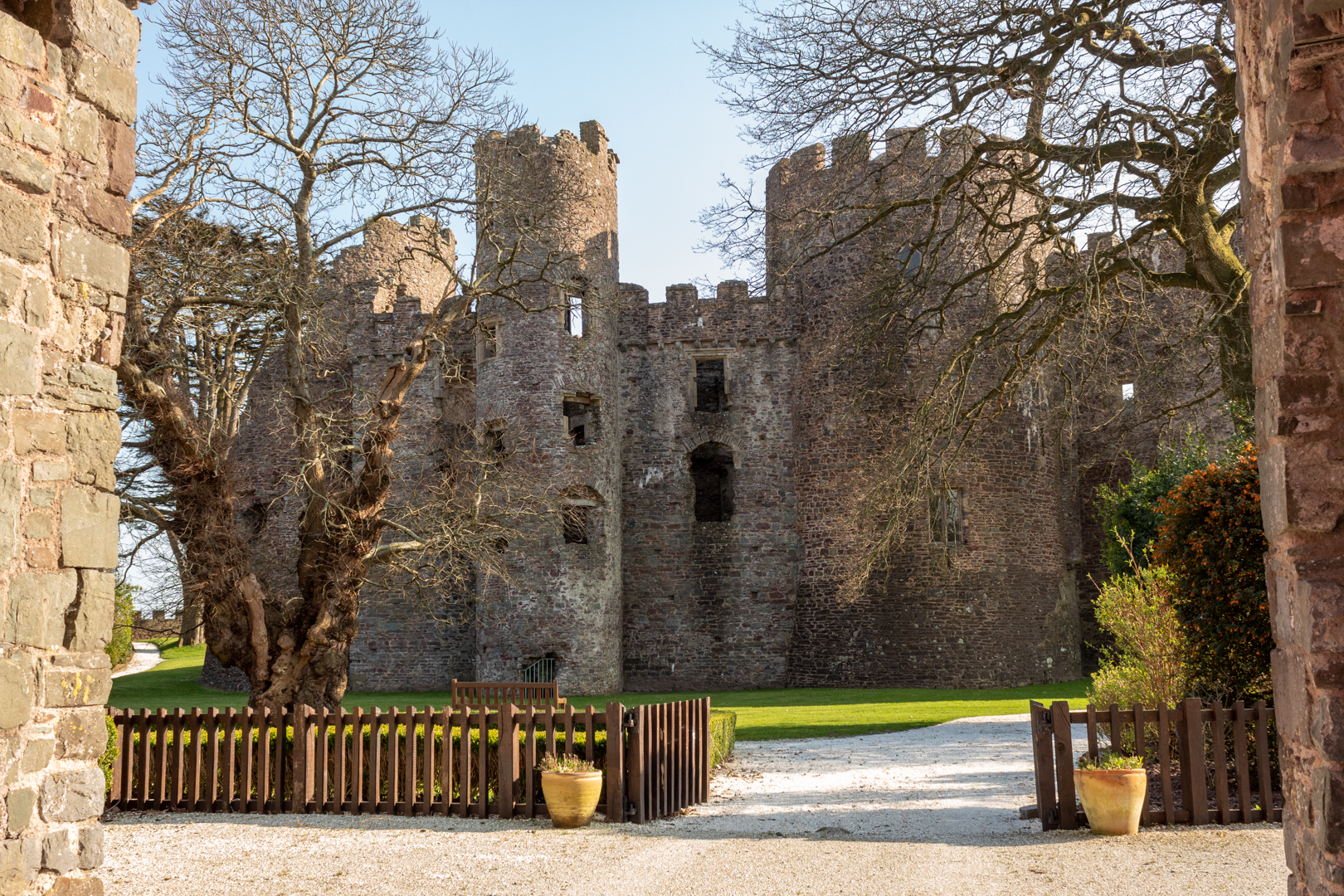
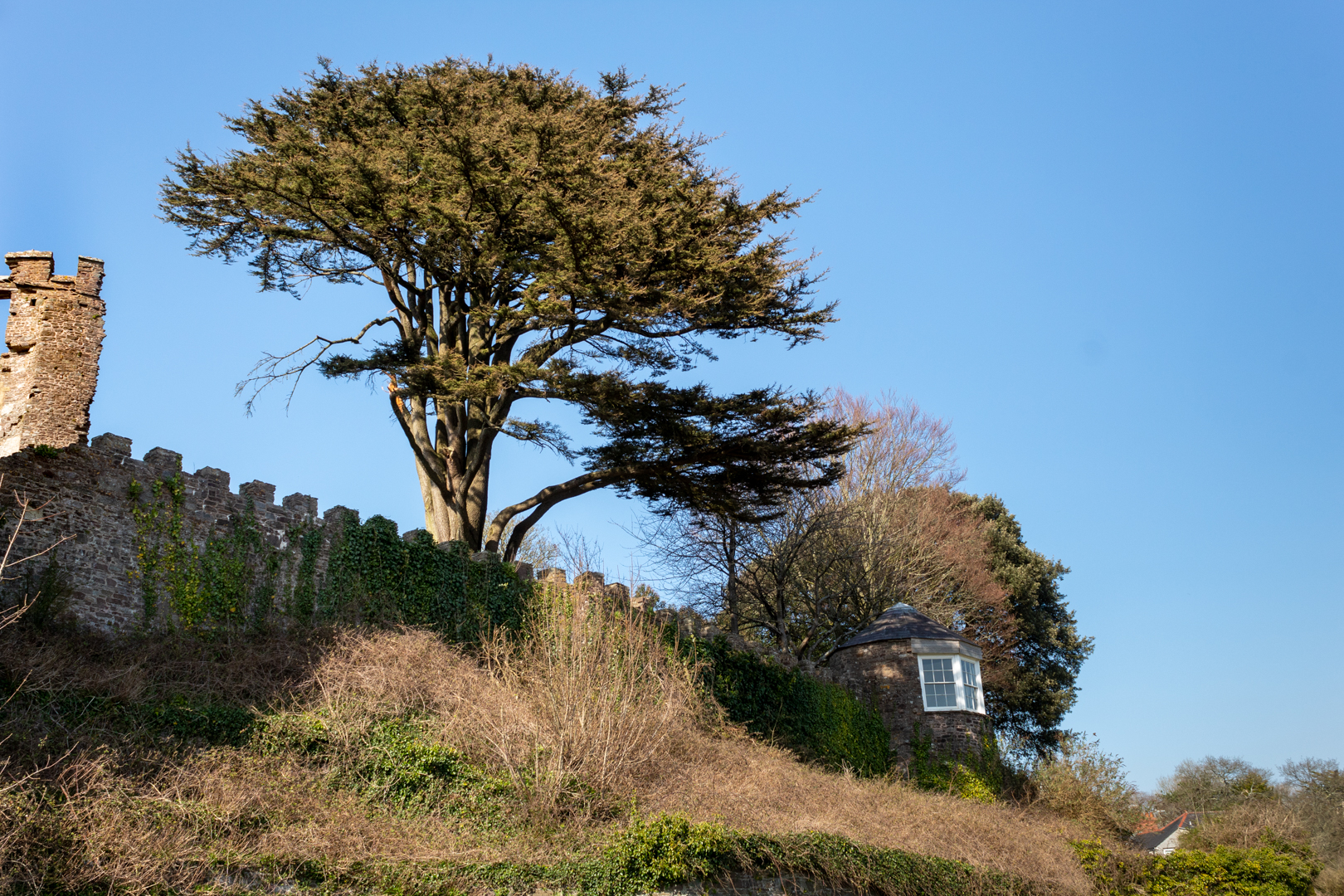
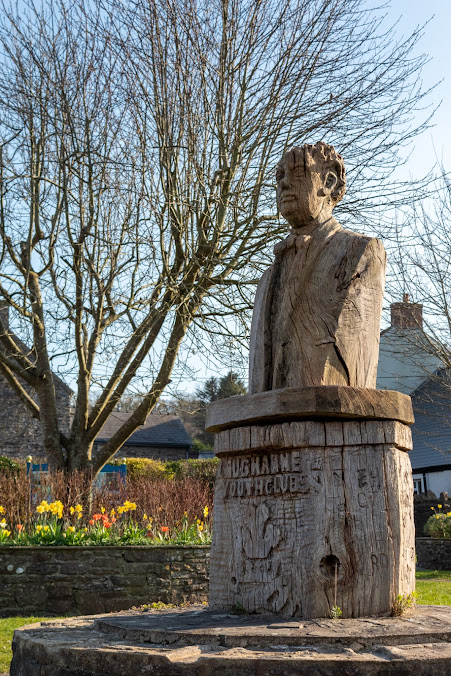


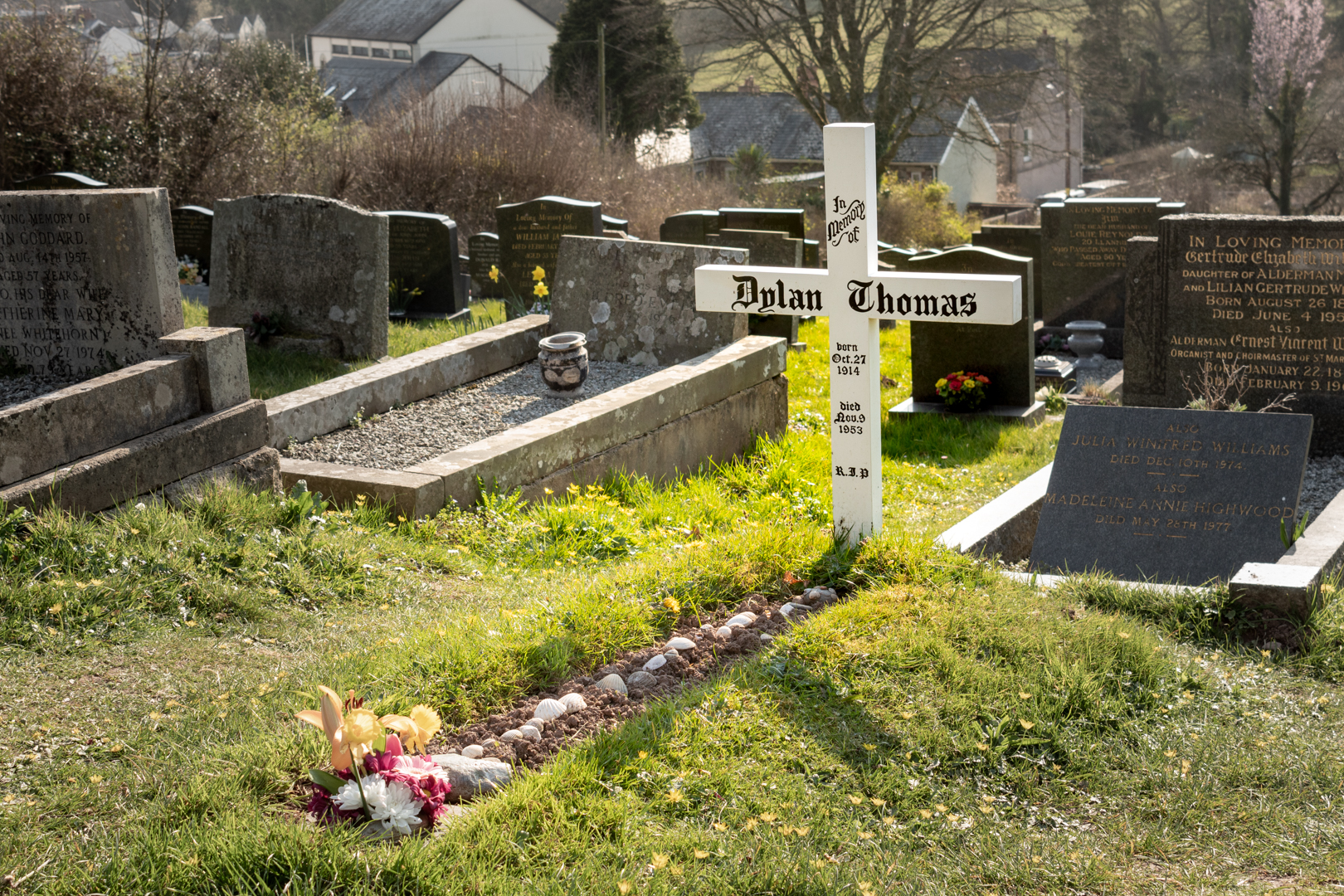


What a lovely blast from the past and great photos of a beautiful estuary. I know it well, being a Thomas with possible family links. Dylan's grandfather delivered milk to my family in Swansea. The famous portraits of the young Dylan are the spitting image of my Dad at the same age. Any delving into the family tree is a minefield of Davids. My Dad did a couple of speaking tours of the US in the 80's doing readings and I am really lucky to have got recordings of these too. Thanks for the post.
ReplyDeleteThanks Gethin.
DeleteYour post caused me to listen to my Dad's recording again after many years. Shamefully I misremembered it and it was my Great Great Grandfather who delivered the milk to Dylan Thomas's Mother. Apparently. Their house adjoined his dairy farm, in Swansea. Just thought I better clear that up.😊
ReplyDeleteGreat stuff, at least he did not have far to go to deliver their milk.
DeleteDon't see ANY milkmen delivering milk around anymore.
Strange because I can remember milk, bread and grocery delivery vans in my youth. Also there was a program on the TV recently about Corona pop produced by Thomas & Evans Ltd in South Wales and they were the first pop delivery company, part of the temperance movement I think?
Incredibly interesting and wonderfully informative, as always - great photos as well!
ReplyDeleteThank you John.
Delete